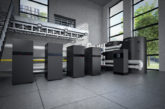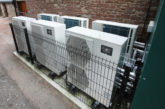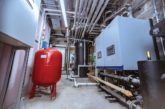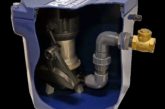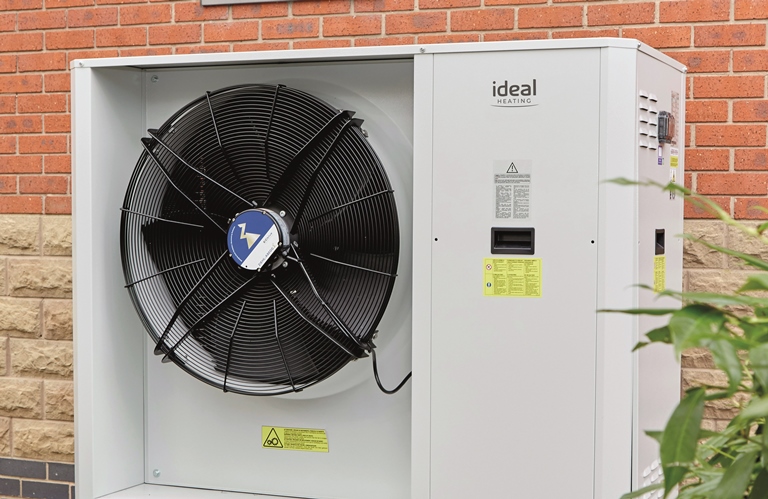
Chris Caton, Product Director – Commercial, at Ideal Heating, explores what’s driving the decarbonisation of heating systems in non-domestic buildings.
Decarbonising non-domestic buildings, from offices to shops and leisure spaces, will play a major role in achieving the UK’s net zero goals.
Non-domestic buildings account for 22% of emissions from all buildings, and around 4% of all greenhouse gas emissions in the UK, and burning gas for heating and hot water is responsible for a large portion of these outputs.
It is clear, therefore, that transitioning to lower carbon heating systems will be hugely impactful in reducing overall emissions.
Encouragingly, more pieces are falling into place to complete the net zero puzzle. New regulations are making change a reality, more technological advances are coming to market, and public funding is supporting investments in low carbon heating.
New solutions
Heat pumps are one of the government’s first choices for low carbon heating. They’re already making a huge difference in commercial buildings by reducing organisations’ reliance on fossil fuels, while partly shielding them from volatile energy prices.
Heat pumps work by using a gas refrigerant and heat exchanger to extract heat from air, water, or the ground and transfer it to the building’s heating system. They operate up to four times more efficiently than a traditional gas boiler and have the potential to reduce carbon emissions by 65-70% in comparison.
Another solution is heat networks, which are increasingly coming online in the UK, helping buildings to take advantage of other local heat sources. These networks can use any energy source, from renewable energy right through to heat recovered from industrial processes that would otherwise be wasted, and work alongside Heating Interface Units (HIUs) to transfer heat from the network into a building’s central heating system.
The regulations that drive accountability
In many cases, regulation and policy intervention are what will have the greatest influence in encouraging firms to switch to low carbon heating solutions, like heat pumps and HIUs.
Changes to Part L building regulations for the conservation of fuel and power introduced greater targets for the energy performance of new and existing buildings. The regulation change, which aims to reduce CO2 emissions by 31% for dwellings and 27% for other buildings, is key for driving uptake of low carbon heating systems.
Part L will also compliment the Future Homes and Buildings Standard 2025, bringing us closer towards net zero by introducing higher building fabric standards, improving building services, and helping uptake of low carbon technologies such as heat pumps.
Funding to encourage uptake
While regulations may be driving change, achieving long-term decarbonisation will also require a major investment across the public and private sectors to overhaul the natural gas infrastructure that currently heats our places of work and leisure.
Some government funding is in place to encourage the transition sooner rather than later, for example, the Green Heat Network Fund, which has made £288 million available to support the commercialisation and construction of new low and zero carbon heat networks. Local authorities are eligible to apply for this extra funding, which can also be used for retrofitting and expansion of existing heat networks.
Public funding will be key to driving more early adopters of low carbon heating solutions, particularly while difficult economic conditions force some organisations into tightening their purse strings.
Joining the dots to net zero
The road to net zero continues to be one that is difficult to navigate. However, with the right technology, legislation and public funding, the 2050 target is within reach.
At Ideal Heating, we have developed an array of low-carbon heating solutions, including heat pumps and HIUs, that are in keeping with current legislation, because we know the importance of providing the right technology at the right time.


